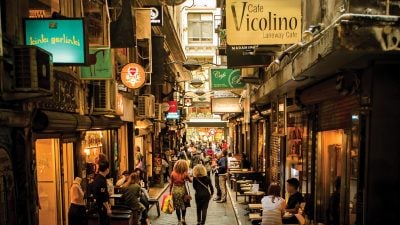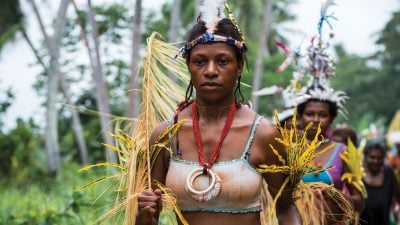Home / Africa & Middle East / Explore Host Nations of the Wo…
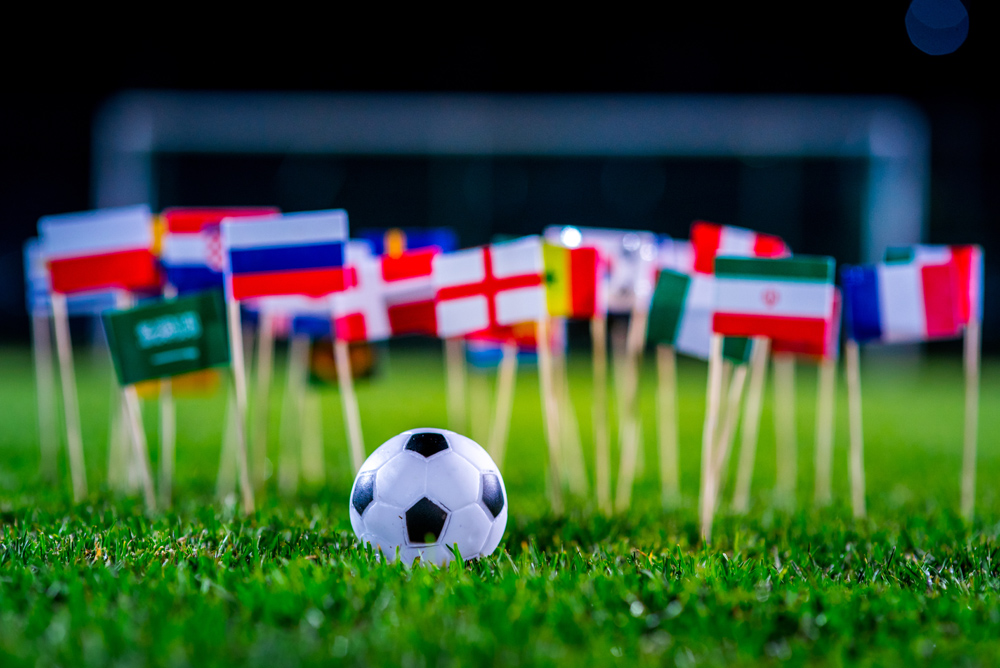
Explore Host Nations of the World Football Stage
Taking place only once every four years, and unquestionably the biggest sporting event in the world, football (soccer) is truly demonstrating its supremacy in world sports. The month-long quest for the Cup sees 32 countries vie against each other in packed soccer stadiums. Since 1930 (except in the years around World War II, when it was cancelled), football has been drawing spectators and fans of the sport to their television sets, and even prompting them to buy tickets and travel to watch the matches live.
This year, with over a billion people turning their eyes to host country Russia from June 14 to July 15, we thought it’d be a great time to highlight the nations that have played host to this event over the past 20 years. Even if you don’t like football, the tournament is a great opportunity to learn more about the various nations of the world, and maybe even travel to these countries and join in the party.
2018 – Russia
Russia may currently be embroiled in scandal due to election tampering, doping in the Olympics, and geopolitical conflicts in Eastern Europe and the Middle East, but it remains one of the great nations of Eurasia and an attractive destination to lovers of history and culture. With 11 stadiums in 12 cities, football is drawing fans to all corners of European Russia and giving people a chance to dig into this massive nation.
The former capital, St. Petersburg, is the most popular city in the country and will likely draw the most attention from tourists during the tournament. The founder of the Russian Empire, Peter the Great, built the city as his capital in the early 18th century and it has stored the treasures of the old empire ever since. Head to the State Hermitage Museum to see the best of these treasures, including Egyptian relics and paintings by Raphael and Rembrandt. The buildings of the Hermitage are also marvellous wonders in their own right. In addition to the Hermitage, St. Petersburg has the Peter and Paul Fortress, the Russian Museum, and the Shostakovich Philharmonic, where you can listen to one of the best classical music companies in the world.
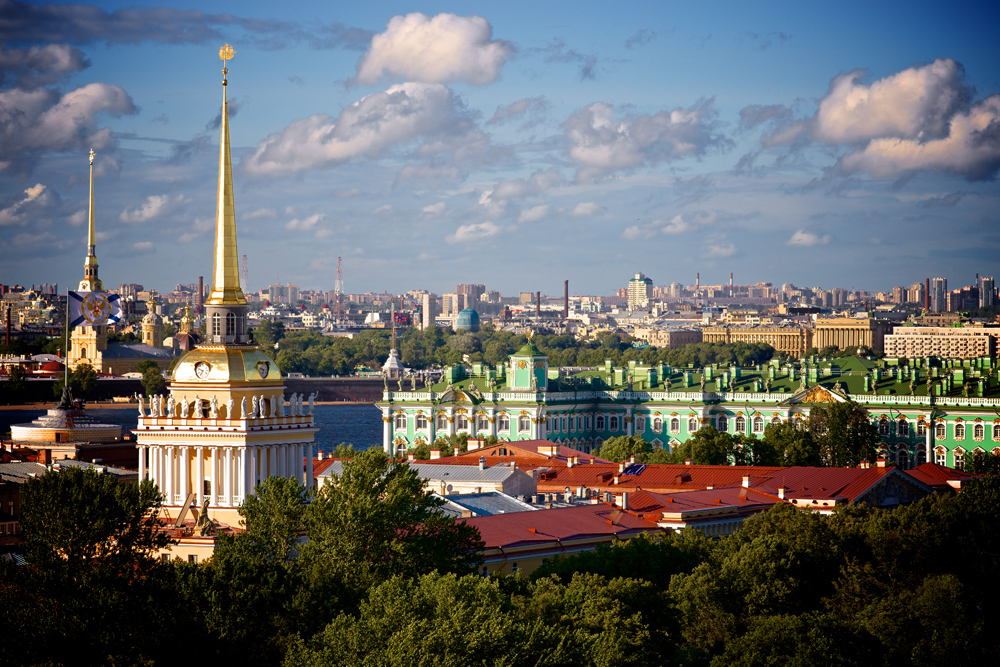
St. Petersburg might be the most popular city in Russia, but Moscow has been its capital and the centre of its culture for around 100 years. The final match of this year’s tournament will be held on July 15 at Luzhniki Stadium in Moscow, and all the people who bought tickets to attend the final will be free to explore the city’s many landmarks. Head to Red Square to find the Kremlin and St. Basil’s Cathedral, which are the main symbols of Russia. At Red Square, you’ll also find the State Historical Museum and Lenin’s Mausoleum, where the embalmed body of Soviet leader, Vladimir Lenin, remains on display. Outside of Red Square, you’ll find the world’s most famous ballet company at the Bolshoi Theatre, and Fallen Monument Park, which retains statues of Russia’s communist past.
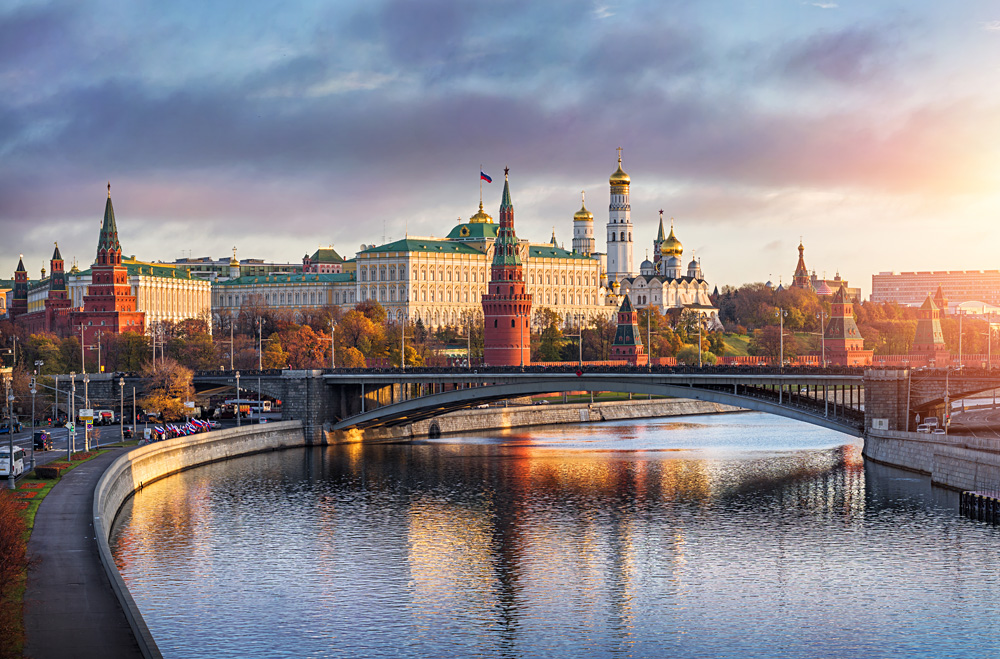
2014 – Brazil
Anyone who watched the football tournament in Brazil will surely remember the infamous 7-1 drubbing that Germany gave the hosts in the semi-final match – and any Brazil fans reading will surely hope to forget the embarrassing loss. However, aside from the on-field theatrics or the fact that Germany won its fourth Cup, the tournament was defined by the energy of the Brazilian people and the bright, attractive colours of their land.
Most globetrotters heading on a Brazil tour will have Rio de Janeiro as the centrepiece of the itinerary. Rio is neither the capital of Brazil (that’d be Brasilia) nor the largest city (Sao Paolo), but it is the most popular city and synonymous with bright colours and romantic heat in the popular imagination. Rio is about the mountains and the water. You can climb Corcovado Mountain to reach the Christ the Redeemer statue that overlooks the city or you can explore Sugar Loaf Mountain and ride the famous cable cars. Down at the bottom of the mountain, head to the water to reach Copacabana Beach, one of the most famous beaches in the world. If you happen to visit during New Year’s or Carnival, you’ll witness the city in the midst of celebratory revelries. Of course, Rio is warm and vibrant any time of year.
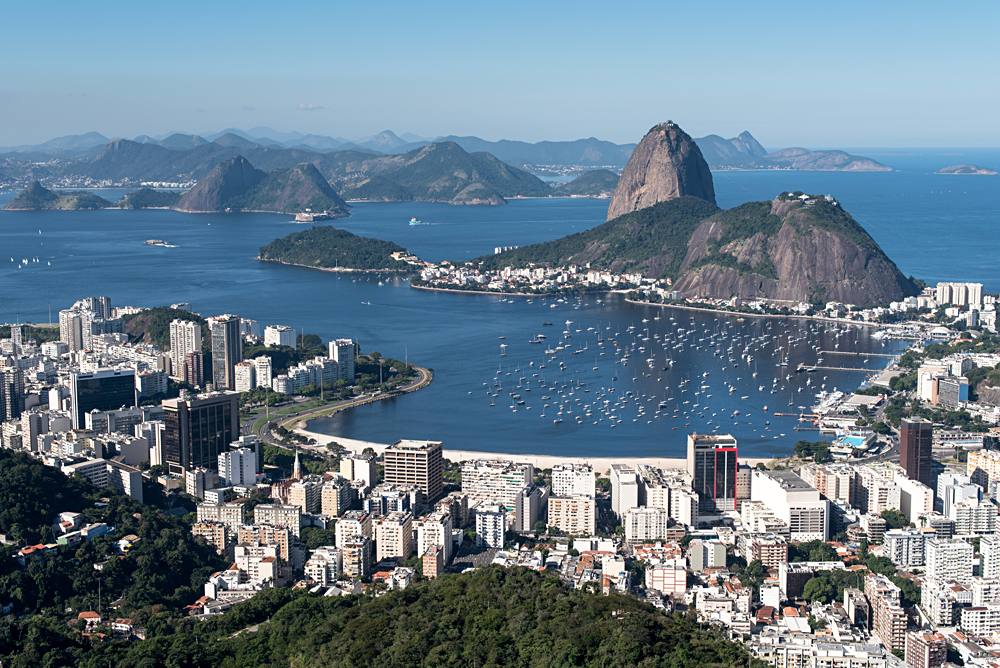
Beyond Rio, you can head to the borders with Argentina and Paraguay to see Iguassu Falls, one of the world’s largest waterfall systems. You can visit Iguassu Falls from both the Argentine and Brazilian sides, but the view from the Brazilian side is inarguably better. Follow the Path of the Falls and approach the Devil’s Throat, where 14 falls coalesce into a behemoth rush of water falling over 100m. There are few natural displays as awe-inspiring and mighty.
While in Brazil, you can also visit the Amazon Rainforest, as the majority of the world’s largest jungle lies within the borders of Brazil. Cruise along the Amazon River, stay at an eco-lodge in the heart of the jungle, or head on safari treks to see the mindboggling numbers of animals that live in and beneath the jungle canopy.
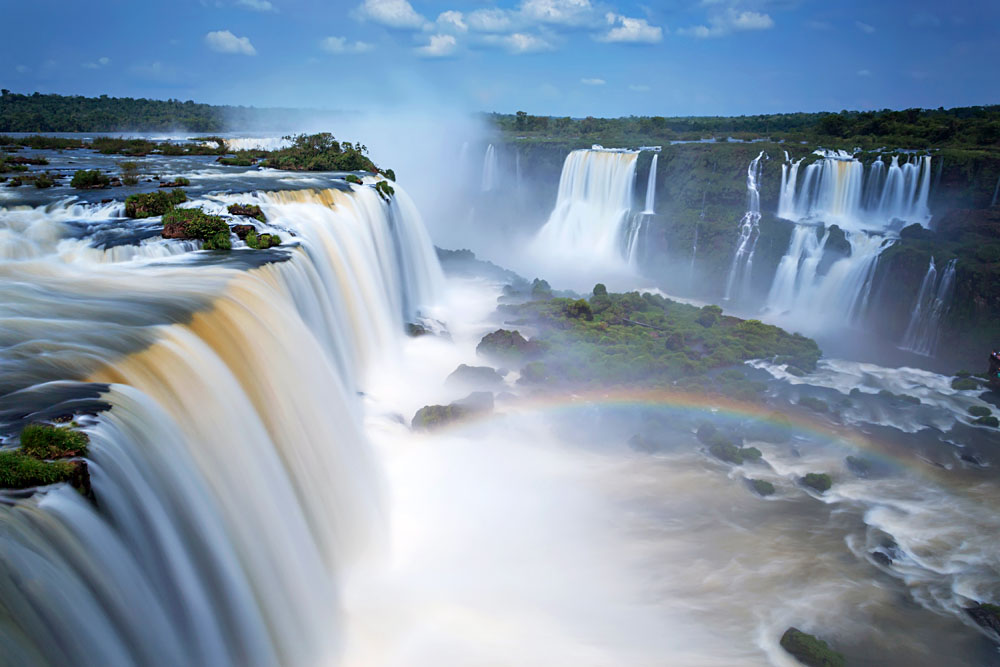
2010 – South Africa
Even if you don’t remember the matches or that Spain beat The Netherlands in the final, the football tournament in South Africa will probably forever remind you of the loud drone of vuvuzelas blaring in the stands of Soccer City in the nation’s largest city, Johannesburg. That sound is typical of the sort of boisterous energy that you’ll find in urban South Africa.
Johannesburg attracts a lot of visitors on a South African vacation as its bright colours and diverse locals represent what is so unique to the “Rainbow Nation.” You can head to the trendy northern suburb of Rosebank to indulge your shopping obsessions or head to the South Western Township (SOWETO) to see the crowded and resilient lifestyles of South Africa’s poverty-stricken residents. You can also head to the Mandela House and Regina Mundi Church to learn about Nelson Mandela’s long and righteous quest to end apartheid. As well, even if you have no interest in football, a visit to Soccer City, the main stadium of the 2010 tournament, is well worth an hour or so.
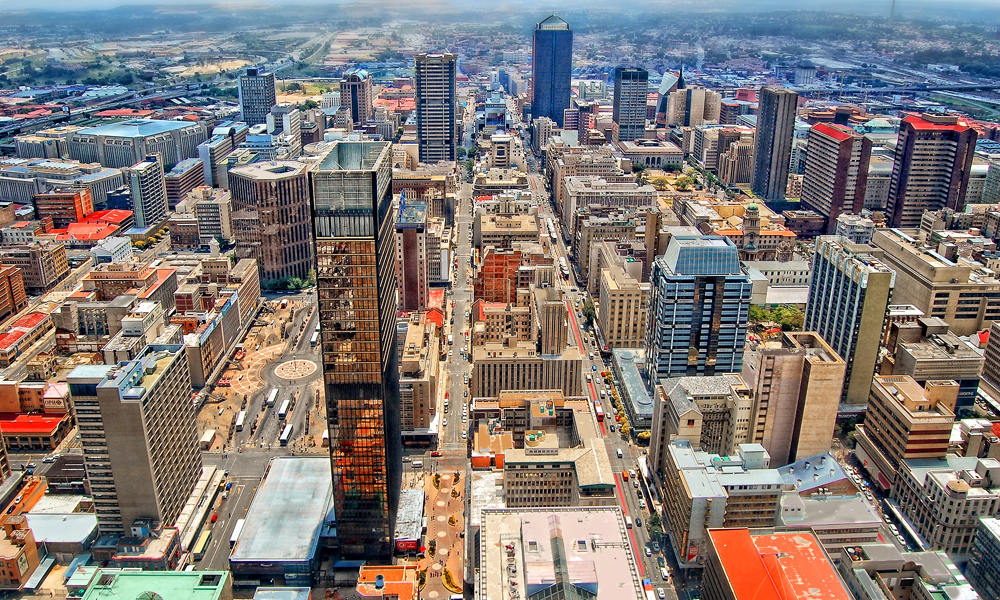
Johannesburg is larger, but Cape Town is the most popular city for globetrotters on a trip to South Africa. Much of this is due to the city’s overwhelming natural beauty. It sits in the shadow of Table Mountain and strides the coast just north of the Cape of Good Hope. Take a drive along the Cape Peninsula to experience the beauty of the area, stopping of at the Sea Point Promenade and Cape Point for the best views of the ocean. It’s also worth visiting Robben Island to see where Nelson Mandela was prisoner for over 18 years, and Bo-Kaap to learn about the Cape Muslim community.
Beyond the cities, the game reserves of Kruger National Park in the country’s east are the most popular attractions in South Africa. You can stay in game lodges and head on morning and evening safari drives to see animals like the Big Five, as well as elephants and baboons.
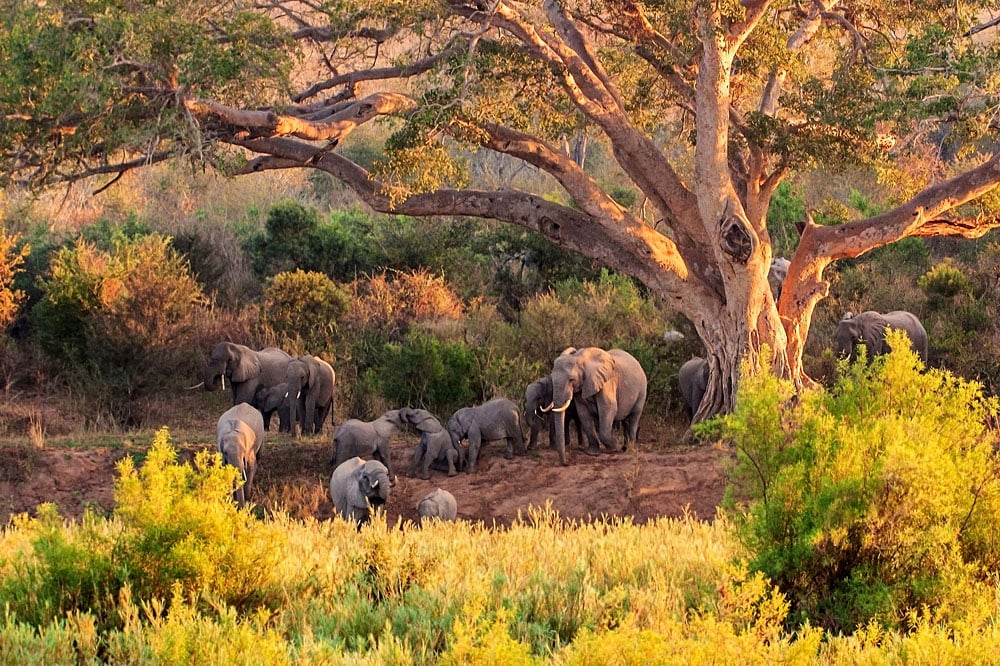
2006 – Germany
Germany has been the powerhouse of modern international football, but they didn’t win the year they hosted, coming in third, as Italy took top honours over France in a final match that is infamously remembered for French star, Zinadine Zidane head butting Italian defender Marco Materazzi. In between matches, visitors to the 2006 football tournament could have taken advantage of Germany’s picturesque and accessible cities.
The finals match took place in Berlin, the nation’s capital and one of the world’s best historical cities. If you’re a history buff, you can run hog wild in Berlin, exploring Prussian relics of the German Empire, such as the Brandenburg Gate or more modern remnants of the Cold War like Checkpoint Charlie and the ruins of the Berlin Wall. For more sober reminders of history, you can visit the Memorial for the Murdered Jews of Europe or the Hans der Wannsee Konferenz, where Nazi leaders formulated their awful plans. Of course, despite all the memorials and relics of world history, Berlin is not a city stuck in the past. With some of Europe’s best nightclubs and beer halls, you’ll find a lot of reasons to stay out past bedtime here.
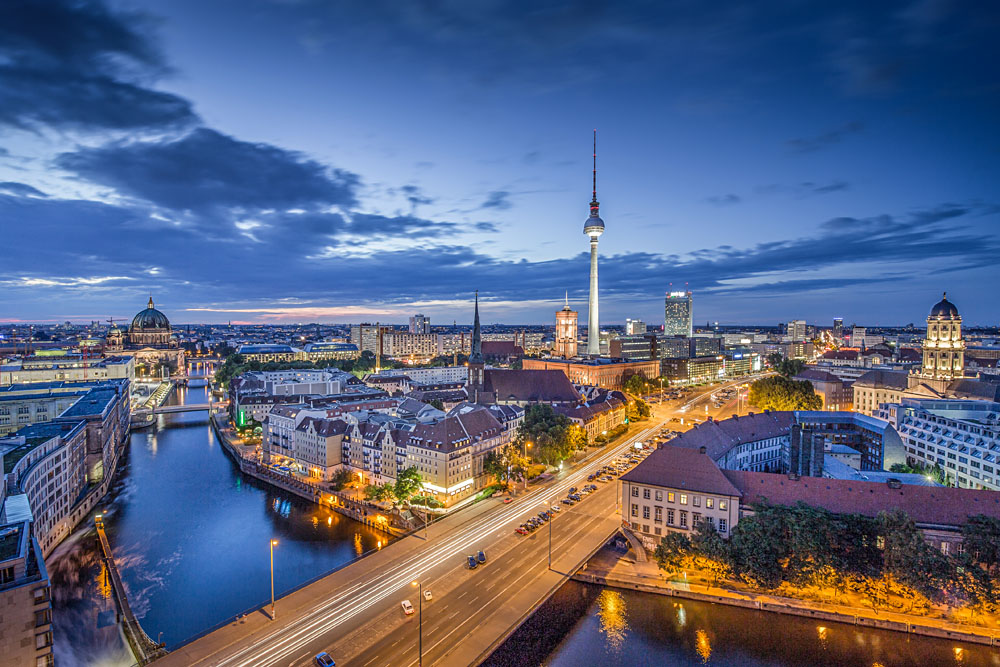
You might be tempted to stay in Berlin, but there are too many other attractive places to visit on a Germany vacation. In the southeast, you’ll find Munich, the capital of the state of Bavaria and one of the country’s most popular cities. Home to Oktoberfest, the city is synonymous with beer and you’ll find plenty of beer halls all through the year to wet your whistle. The Old Town around Marienplatz is also home to some of the most gorgeous architecture in central Europe. In Germany, you can also spend some time in the Black Forest, visit the picturesque castles of King Ludwig II, including Neuschwanstein, or head into the Alps to experience the rural mountain towns that are perfect summer retreats.
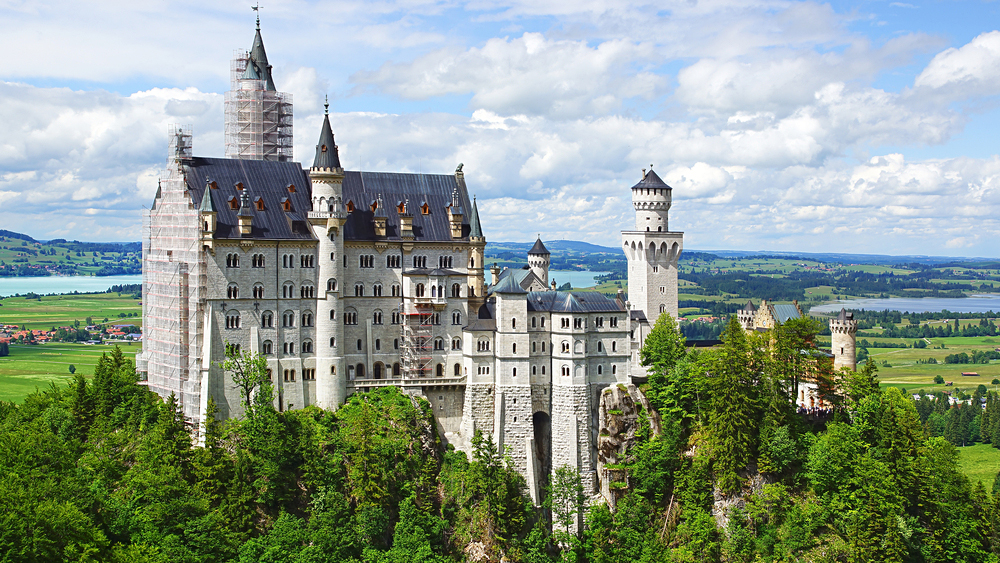
2002 – South Korea and Japan
In 2002, South Korea and Japan shared hosting duties as they brought the football tournament to Asia for the first time. Brazil beat perpetual contenders Germany in the final, and millions of people were introduced to the cultures of South Korea and Japan in the light of the new millennium.
The most popular cities of South Korea are the capital, Seoul, and the port city Busan, both of which hosted football matches during the 2002 tournament. Seoul is one of the largest cities in the world, with a population of over 25 million in the greater metropolitan area. One of the great pleasures of visiting Seoul is the shopping. Head to Myeong-dong Shopping District to shop for the newest products and experience the Korean mecca for commerce. If you prefer to shop after sunset, head to Dongdaemun Market to find both premium and wholesale goods at very cheap prices. Places like Dongdaemun Design Plaza Park and New City Hall showcase the city’s futuristic look, but there’s also a lot of history here, which you can see by visiting the royal palaces in town, like Changdeok Palace and Gyeongbokgung Palace.
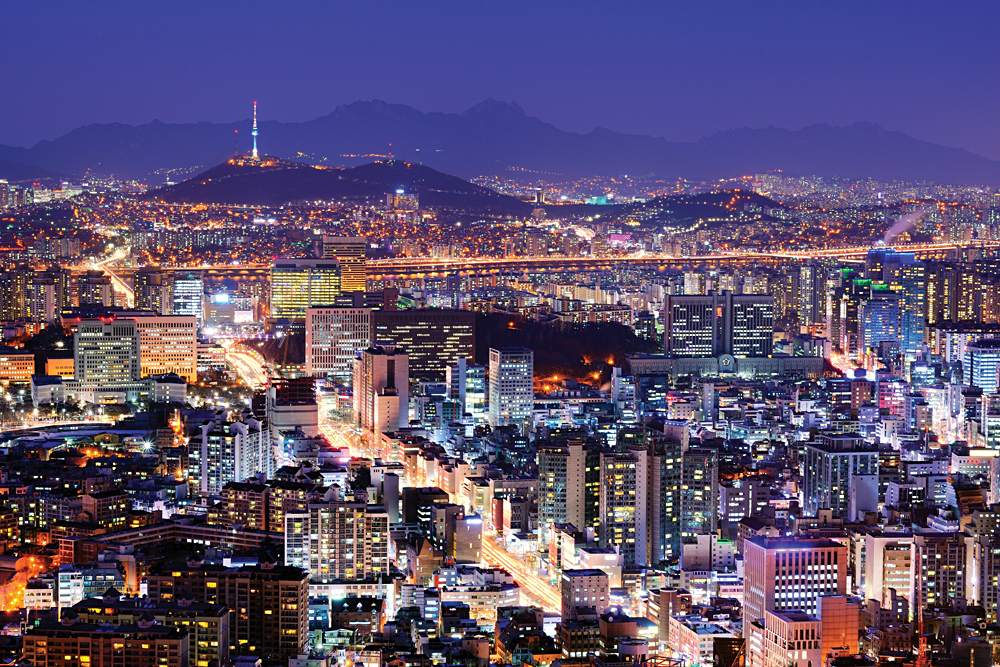
If you head outside Seoul on a trip to South Korea, you’ll probably want to go to the DMZ and Busan. The DMZ is the neutral demilitarized zone that has separated South Korea from North Korea since the end of the Korean War. You can visit the checkpoint between North Korea and South Korea and learn about everyday life in North Korea. Busan is the second largest city in the country and the nation’s great port city. Known for its fish markets, Busan is an incredible place to feast on seafood and Korean cuisine.
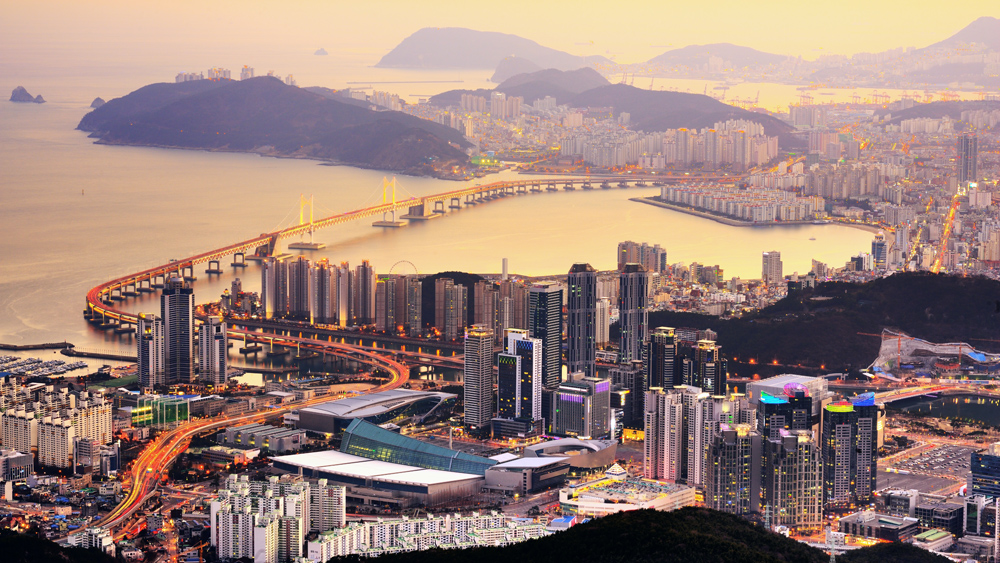
If you had been in Japan for the football tournament in 2002, you’d likely have focused your time on Tokyo and Kyoto, as most travellers do on a first trip to the country. Tokyo is the largest city in the world by metropolitan area and the Japanese capital. One of the great things about Tokyo is how it seamlessly blends old historical sites with modern wonders. Walking down one street, you can pass two-hundred-year old shrines and then turn a corner and you’ll be in a neon marvel like out of a science-fiction movie. The Meiji Shrine, the Imperial Palace, and the Buddhist temple, Senso-ji, are among the best historical sites in the city, while if you head up the Tokyo SkyTree or to Shibuya or Shinjuku once the sun goes down, you’ll experience the futuristic atmosphere of the city.

Visitors wanting to focus more strictly on the past will do well to head to Kyoto, which was the capital city for hundreds of years prior to it moving to Edo (Tokyo). It is home to hundreds of temples, including Fushimi Inari Shrine, which is famous for its thousands of red-orange torii gates heading up a mountainside, and Kinkaku-ji, which is known for its exquisite gold-leaf panelling. As well, Kyoto is home to one of the best preserved samurai quarters, known as Gion, where old wood-panelled buildings and people in traditional costumes abound.
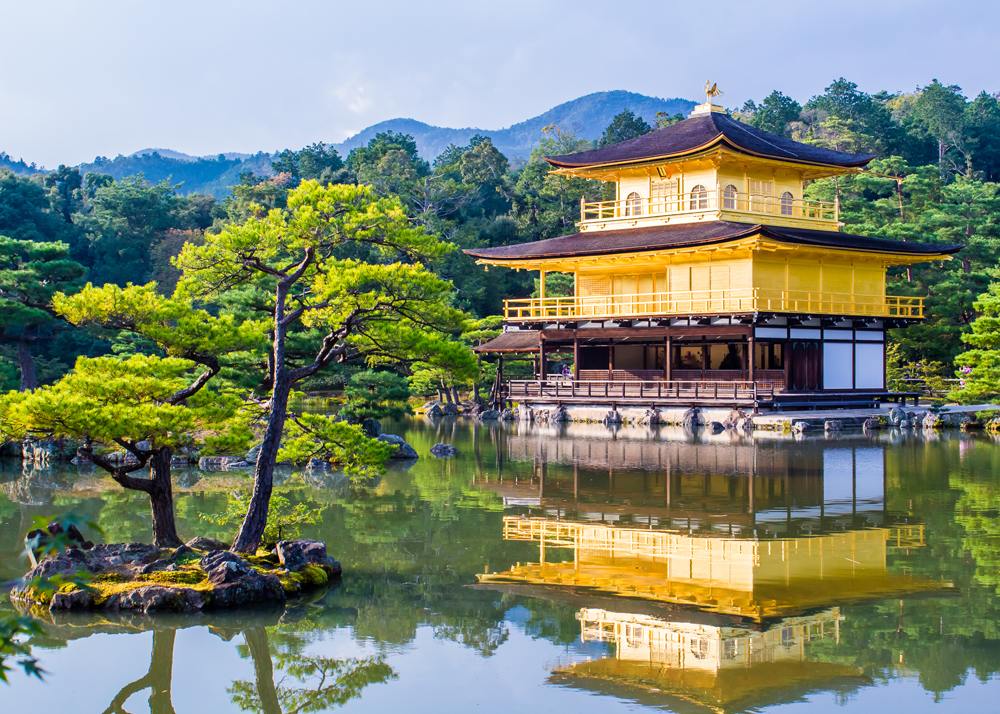
1998 – France
In 1998, the host nation France won their first and only Cup by taking down the powerhouse Brazil at the Stade de France in St. Denis, Paris. Over a million people celebrated on the Champs-Elysees afterwards.
There are many reasons to visit the “City of Lights.” Once you visit, it won’t take you long to understand why it’s the most popular city in the world. The architecture is breathtaking – there’s a world landmark seemingly around every corner you turn, from Notre Dame Cathedral to the Eiffel Tower to the Louvre and the dome of Sacre-Coeur in Montmartre. The food is incredible – there may be no city where it is easier to find a great restaurant for dinner. And the atmosphere is intoxicating – the city oozes romance and you’ll find lovers of art, or just lovers in general, everywhere you turn.

If you were in France for the 1998 football tournament, you wouldn’t have had to stay in Paris to see all the matches or to explore national highlights. Head to Marseilles, Cannes, or Nice in the south to experience the beautiful weather and coastline and wonderful seafood of Provence and the French Riviera. You could head north to Caen or Rouen to experience the humidity and history of Normandy or head southwest to Bordeaux to explore the wonders of this wine region.
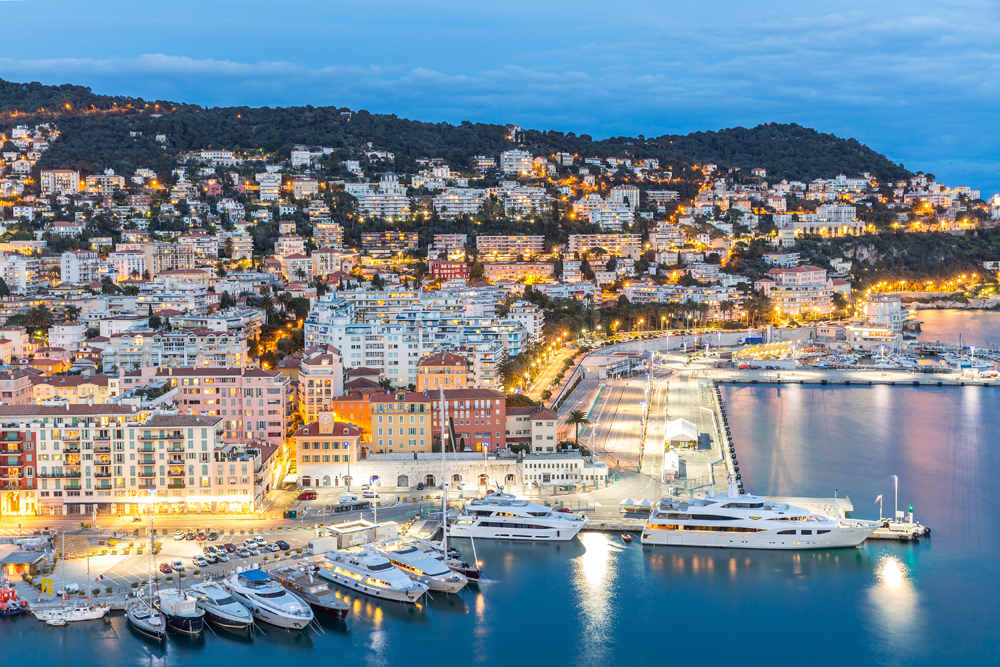
Every four years, the tournament brings together the world in a celebration of football. Over the past 20 years, it has also turned the eyes of the world to seven incredible nations that are absolutely worth exploring in their fullness. As football fills your television and computer screens over the next month, let this athletic championship inspire you to explore the world around you and experience how fascinating the nations of the world truly are.
Get more travel inspiration by email.
Subscribe
0 Comments

Get the latest travel trends & hear about the best deals on vacations around the world.
If you’re a Globetrotter, these are the newsletters for you!
